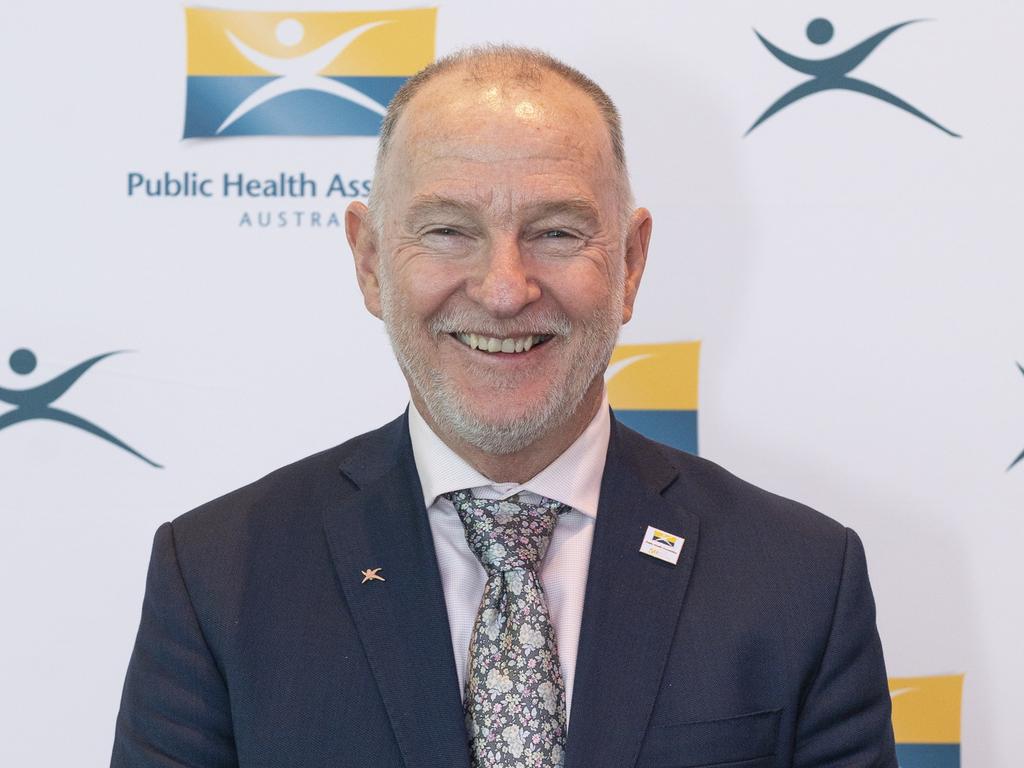Australia ‘can’t afford to be complacent’ as major health issue leapfrogs alcohol and tobacco
Alcohol and tobacco are no longer the biggest killer for Aussies, a new study has revealed with one stark problem suddenly in the spotlight.

Australia’s health crisis has just hit a grim new milestone.
The latest Australian Burden of Disease Study 2024, released today by the Australian Institute of Health and Welfare, has revealed a big shift in what is causing diseases for Aussies.
Obesity has now overtaken tobacco smoking as the leading risk factor contributing to disease burden, prompting immediate calls for the government to address the country’s rising epidemic and reduce preventable hospital admissions.
According to Adjunct Professor Terry Slevin, the report serves as a critical “big picture scorecard” for Australia’s health.
While the country has made some strides in improving public health, Mr Slevin warns that the battle is far from over.
“The good news is that the burden of disease in Australia has fallen by 10 per cent over the past 20 years, and public health measures are playing an important part in helping us to be healthier and live longer lives,” Mr Selvin said.
“It’s also welcome news that tobacco is causing fewer deaths and diseases than in 2004. “Decades of tobacco control efforts in Australia are paying off.
“Despite this progress, smoking still accounts for 7.6 per cent of the disease burden. We can’t afford to be complacent.
“This year public health experts have welcomed the Government’s world-leading vaping and tobacco legislation to help us protect the health of Australians, particularly young people.”
Mr Slevin warned that complacency is dangerous, particularly when it comes to the growing obesity crisis Down Under.
“Obesity and overweight are now the primary cause of preventable deaths and diseases in Australia, contributing 8.3 per cent of the total disease burden,” he said.

Mr Slevin has pushed for a shift in the country’s focus, pointing to existing frameworks like the National Obesity Strategy and the parliamentary Report on Diabetes Mellitus as starting points.
“Let’s start by taking our foot off the accelerator of obesity. The National Obesity Strategy and the parliamentary Report into Diabetes Mellitus in Australia 2024 present a range of options to dial down the drivers of obesity and chronic disease like diabetes,” he continued.
“Reducing the marketing of unhealthy food; sensible, honest, understandable food labelling; introducing a health levy on high energy sugary drinks and funding programs that will help drive down rates of overweight and obesity are all sensible, achievable strategies.
“We have to make it easier for people to be healthier.


Action on obesity is the next vital cab off the rank when it comes to improving the health of people in Australia and shifting these disease burden metrics in the future.
“It also means tackling the ubiquitous advertising of harmful products in our public places and reducing the easy availability and supply of alcohol. We must also build physically activity into our daily lives through urban design transport options and liveable walkable neighbourhoods.”
The PHAA has also pushed for more effort to be put into prevention.

“Although the report highlights that one-third of the burden of disease is due to preventable causes, Australia’s health system continues to focus on treatment, rather than make a modest investment in keeping more of us healthy,” Mr Selvin said.
“Rather than $1 in $50 going to prevention, if we aimed for $1 in $20, we’ll be setting a foundation for vital measures to improve the future health of everyone in Australia.
“We have proven that responsible public health policies and programs shift the big picture on health in Australia. We need now to build on that success for the sake of our kids, their kids and our own good health in retirement. If we do, more of us we can have a longer and better life, and start bringing down the burgeoning cost of treating chronic disease.
“Boosting investment in the National Preventive Health Strategy is an immediate and obvious starting point.”




